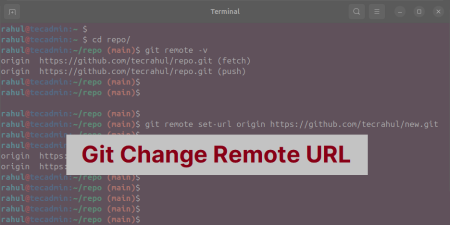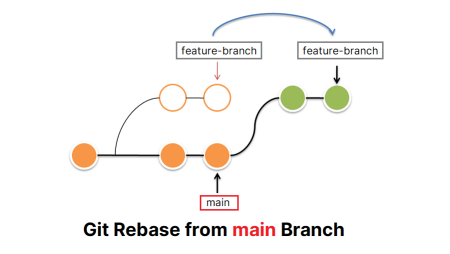Empty directories can serve as a useful organizational tool in software projects, especially when adhering to specific folder structures. However, Git, by design, does not track empty directories. This article will guide you through the process of efficiently adding and managing empty directories in your Git repository, ensuring that your desired folder structure is preserved.
Understanding Git’s Handling of Empty Directories
Git tracks files, not directories. Empty directories do not contain any files, and thus, Git does not recognize them when committing changes. In order to include an empty directory in your repository, you need to create a placeholder file within the directory. This ensures that Git will see the directory as non-empty and track it accordingly.
Step-by-Step Guide to Adding Empty Directories in Git
1. Create a Placeholder File
The most common way to create a placeholder file is to add a .gitkeep file in the empty directory. The .gitkeep file has no special meaning to Git, but it’s a widely-accepted convention that signals the intention to keep the directory in the repository.
To create a .gitkeep file within an empty directory, navigate to the desired location using the terminal or command prompt, and run:
touch .gitkeep
2. Commit the Placeholder File
Now that the .gitkeep file has been created, you need to commit it to your repository. To do this, run the following commands:
git add .gitkeepgit commit -m "Add empty directory with .gitkeep"
3. Push the Changes to the Remote Repository
Finally, push your changes to the remote repository to ensure that the empty directory is included in your project:
git push
Managing Empty Directories with Git
If you ever need to remove the empty directory from your repository, simply delete the .gitkeep file and commit the changes. The directory will no longer be tracked by Git, and it will be removed from the repository once pushed.
Other Placeholder File Options
While the .gitkeep file is the most common convention for preserving empty directories, you can use any file name or format as a placeholder. Some developers prefer to use a .gitignore file with a custom message explaining the purpose of the empty directory. This method can provide additional context to team members when they encounter the empty directory in the repository.
Conclusion
Although Git does not track empty directories by default, it’s easy to work around this limitation using a placeholder file, such as .gitkeep. By following the steps outlined in this guide, you can efficiently add and manage empty directories in your Git repository, maintaining your desired folder structure and organization.



